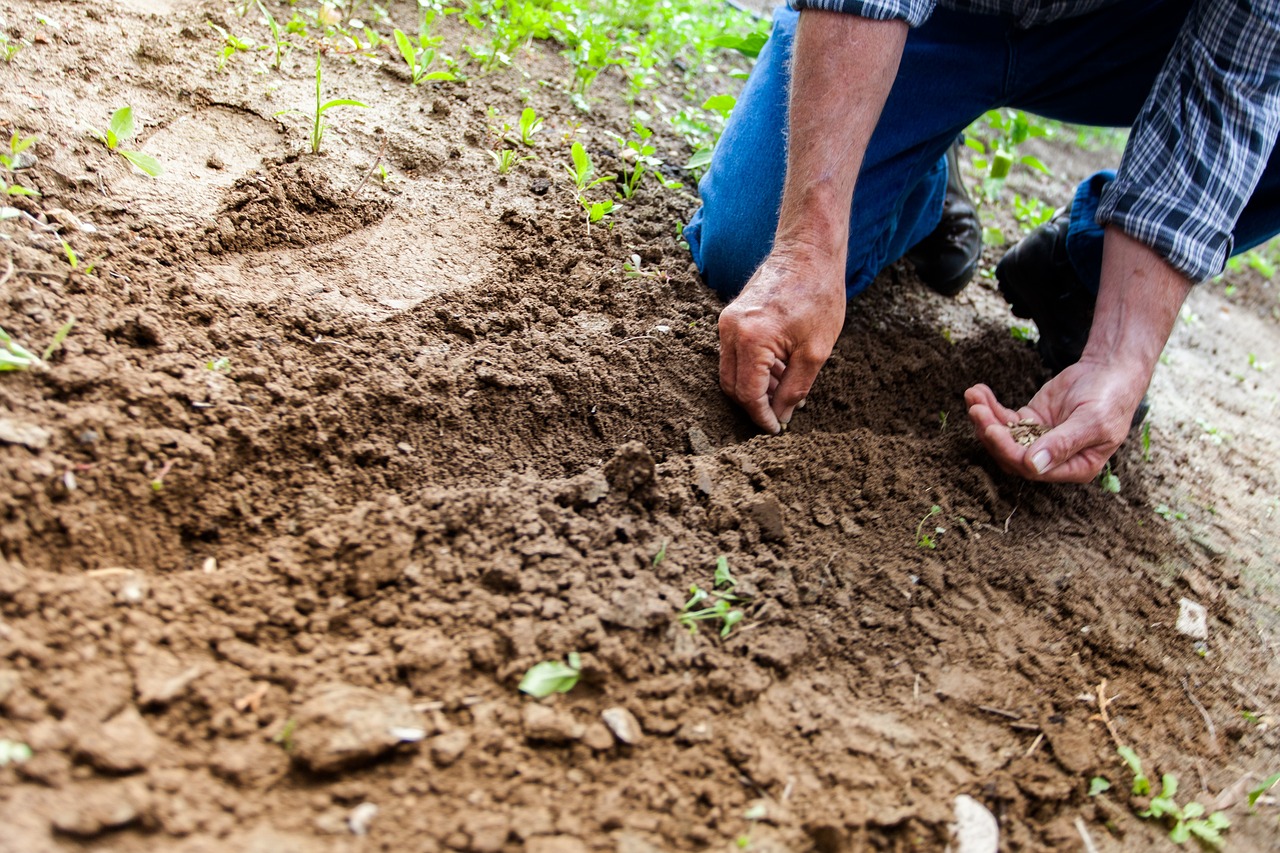Pre-Seeding Your Garden In Fall For Early Spring Harvest

Pre-seeding is when you plant seeds for your spring garden in late fall or early winter. In essence, you plant the seeds for next year’s garden the year before.
When you pre-seed your garden, you are allowing Mother Nature (rather than the nursery industry or your own judgment) to have control over when the seeds germinate. This results in earlier seed germination in the spring, but also in healthier plants better suited to outdoor weather.
Often, when we grow our own seeds or buy seedlings from a plant nursery, the seeds have been germinated in “ideal” conditions where temperatures are high, conditions like rain and wind are not an issue, and light is evenly diffused. When we then move these pampered seedlings outdoors where temperatures are cooler, rain and wind batter the plants, and sunlight is much stronger and more direct, this can cause shock and damage to the seedlings.
Hardening the seedlings off helps, but no matter how well you harden them off, there is still some stress to the seedlings’ systems, which delays their growth and production.
Pre-seeding is a little like seedling boot camp. Seeds germinate when the conditions are right for them outside and they are exposed to the harsher elements of nature from the start, which results in far less shock to the plants so they can focus on faster growth and production.
How to Pre-Seed Your Garden?
Pre-seeding works best in areas where the weather stays consistently cold. This is because freezing and thawing of the soil will actually do more damage to the seeds than if the ground stays frozen. Also, pre-seeding works better in gardens that stay mostly dry. Gardens that tend to get swampy after normal rainfall, even for a short period, may not be able to be pre-seeded as the standing water may rot the seeds.
In order to pre-seed your garden, you need to prepare your garden in the fall. This means that all of the debris from that year’s garden must be cleared away. Then, you need to work compost and other organic material into the soil. After the temperatures in your area have dropped below freezing, you can plant out your desired seeds. They need to go into the ground the same way as spring planting, according to the directions on the seed packet, then water well.
After the seeds have been planted and watered, cover the beds with about an inch (2.5 cm.) of straw or mulch. This will help keep the ground frozen in case of an unexpected thaw. In early spring the seeds will germinate and you will have a wonderful start to your spring garden.
Almost all cold hardy vegetables can be pre-seeded. This includes: beets, broccoli, Brussel sprouts, cabbage, carrots, cauliflower, celery, chard, leeks, lettuce, mustard, onions, parsnips, peas, radish, spinach and turnips.
Some less cold hardy vegetables can also be pre-seeded with varying success. They may not survive the winter, but it’s worth the try.
They include: beans, corn, cucumber, eggplant, melons, peppers, squash (particularly winter varieties) and tomatoes.
Pre-seeding can make your spring garden much easier to start, which will allow you to focus on other areas of your garden while still being able to reap the benefits of your own vegetable garden.



0 Comments